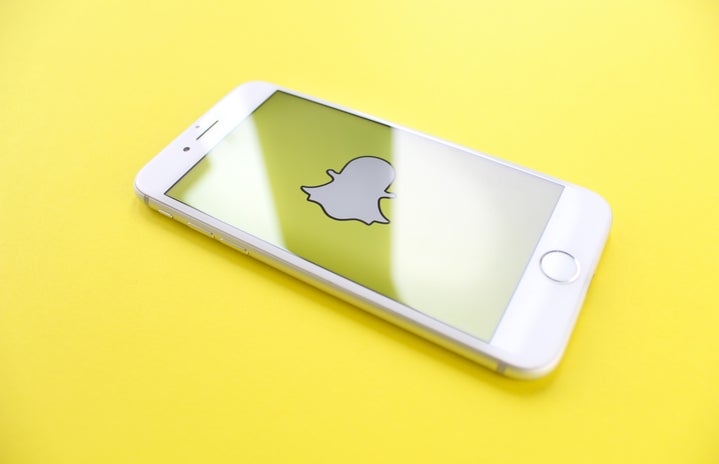It was 11 PM on a Tuesday night and I was in the library trying to focus. With an exam the next day and reading that needed to be done, out of all the times this was the moment I needed to put my phone down and concentrate. But I just couldn’t. I was overtaken by the mindless task of scrolling through Instagram and Facebook.
This feeling is scarily common, especially among college students. A 2012 study found that “College students are the heaviest users of information and communication technology and an overwhelming number of them own smartphones and use them throughout their day—sending an average of 109.5 text messages a day, receiving just as many each day, and checking their cell phones 60 times on an average day” (Psychologytoday.com). That was six years ago, when Instagram and Snapchat were still new and most of us were in middle or high school. As we have grown, so has social media’s addicting features. As I continued my Black Mirror episode-esque thoughtless scrolling I found a video that has me determined to change my phone habits.
In an episode for his series “If Our Bodies Could Talk” Dr. James Hamblin, senior editor for The Atlantic, suggests a method to break phone addiction. Turn your screen gray. The theory is that the lack of color, which is a stimulant, will decrease your desire to check your phone and be on it for an extended amount of time. Dr. Hamblin has his phone on grayscale himself and says, “Instagram when everything’s in greyscale is pretty awful it’s like suddenly your whole world is gray” (The Atlantic).
Snapchats come in gray, Pinterest is dull, and there really is no point in taking a Buzzfeed quiz that will determine your celebrity husband based off the colors you choose. At first it is pretty awful, whenever I reached for my phone to check notifications and Instagram, everything just looked boring. After two hours max, I looked at my phone a lot less, because what was the point? In doing this, I was able to focus a lot more because disabling color on my phone helped me realize that I’m not really missing anything. The color of texts and phone calls doesn’t matter and these are the ways people will reach you if it is an emergency.
Honestly, I don’t have my phone set to grayscale permanently. When I find myself checking my phone every few minutes, during class, or when I need to be studying, I do it. The simple tap to activate grayscale is empowering. I have control over my phone habits and my time. Disabling color on my screen has made me more aware of how I am living my life versus how I want to live my life.
All Giphs from: Giphy.com
Sources: Psychologytoday.com & The Atlantic



